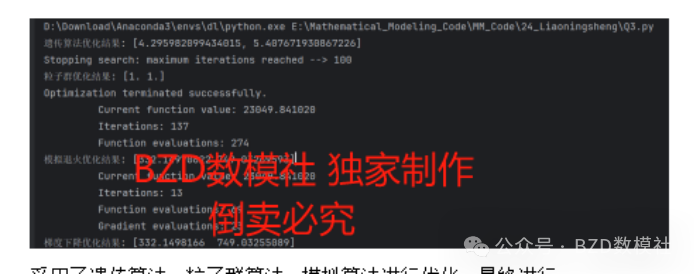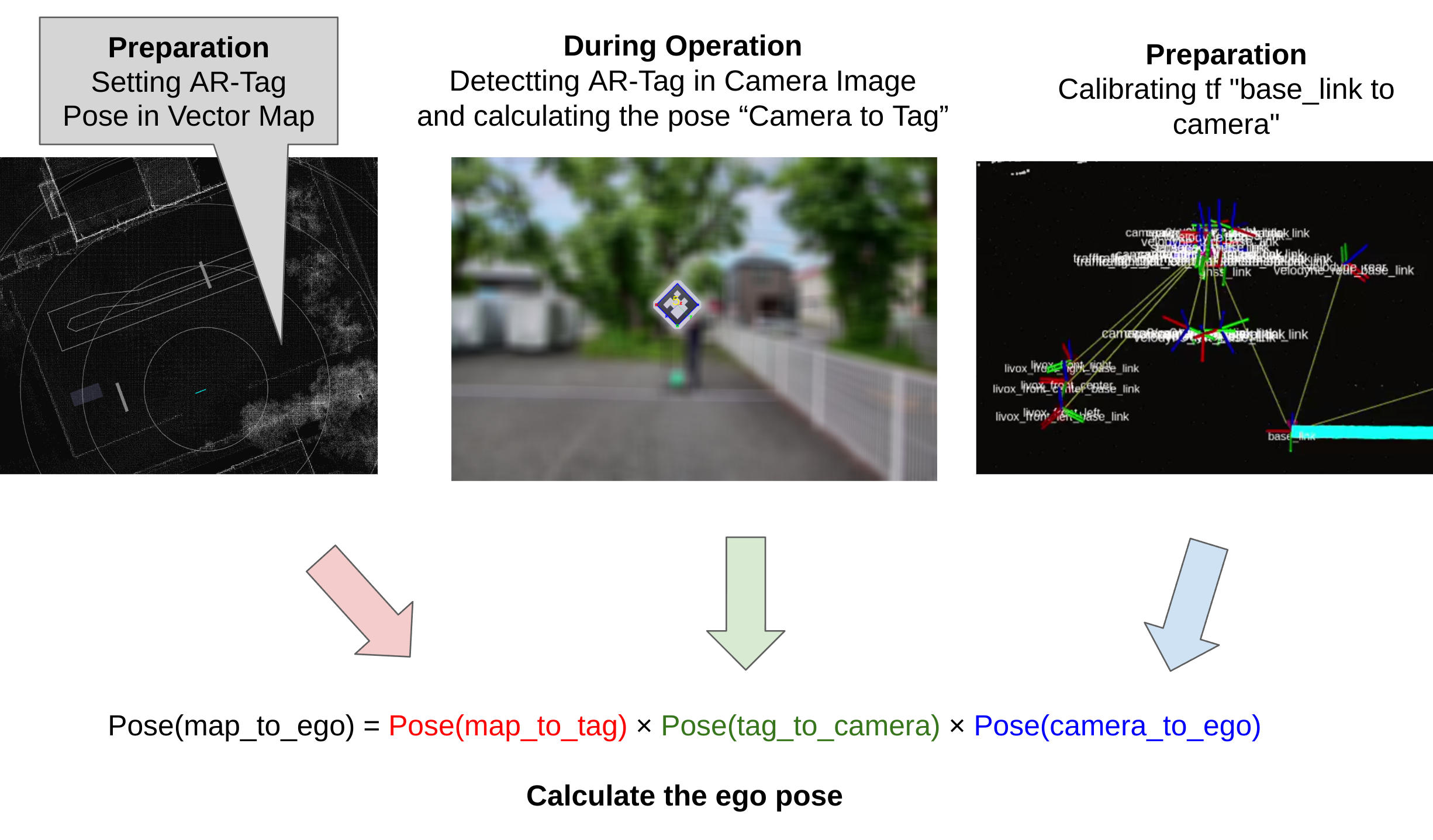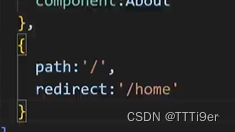
文章目录
- 引言
- 一、问题描述
- 1.1 报错示例
- 1.2 报错分析
- 1.3 解决思路
- 二、解决方法:
- 2.1 方法一:范围检查
- 2.2 方法二:异常处理
- 三、总结
引言
在软件开发中,遇到 “Array Out of Bounds” 报错是一种常见情况。这种错误通常发生在程序试图访问数组中超出有效索引范围的位置时。本文将深入探讨如何识别和解决这一问题。
一、问题描述
假设我们有如下代码段:
1.1 报错示例
public class ArrayOutOfBoundsExample {
public static void main(String[] args) {
int[] myArray = {1, 2, 3, 4, 5};
int index = 5;
System.out.println(myArray[index]);
}
}
当运行上述 Java 代码时,可能会遇到以下报错:
Exception in thread "main" java.lang.ArrayIndexOutOfBoundsException: Index 5 out of bounds for length 5
at ArrayOutOfBoundsExample.main(ArrayOutOfBoundsExample.java:5)
1.2 报错分析
报错信息明确指出,尝试访问的索引超出了数组的长度。在上述例子中,数组 myArray 的长度是 5,但我们试图访问索引 5,这是非法的。
1.3 解决思路
解决这种报错需要确保我们的代码能够处理所有可能的索引情况,避免超出数组边界的访问。我们可以采取一些策略来避免或者处理这种情况。
二、解决方法:
2.1 方法一:范围检查
一种常见的解决方法是在访问数组元素之前进行索引范围检查:
public class ArrayOutOfBoundsSolution {
public static void main(String[] args) {
int[] myArray = {1, 2, 3, 4, 5};
int index = 5;
if (index >= 0 && index < myArray.length) {
System.out.println(myArray[index]);
} else {
System.out.println("Error: Index out of bounds");
}
}
}
在这段代码中,我们先检查索引 index 是否在数组 myArray 的有效范围内。如果是,则打印相应的数组元素;否则,输出错误信息。
2.2 方法二:异常处理
另一种常见的方法是使用异常处理机制来捕获可能的 ArrayIndexOutOfBoundsException:
public class ArrayOutOfBoundsSolution {
public static void main(String[] args) {
int[] myArray = {1, 2, 3, 4, 5};
int index = 5;
try {
System.out.println(myArray[index]);
} catch (ArrayIndexOutOfBoundsException e) {
System.out.println("Error: Index out of bounds");
}
}
}
通过使用 try-catch 块,我们可以捕获并处理尝试超出数组边界的异常,从而避免程序因此而终止。
三、总结
本文详细讨论了 “Array Out of Bounds” 报错的原因及其解决方法。在实际开发中,遇到此类问题时,关键在于确保对数组索引的访问始终在合法范围内。通过范围检查或者异常处理,我们可以有效地管理和避免这类问题的发生。下次面对类似报错时,可根据本文提供的方法迅速定位和修复问题,确保代码的稳定性和可靠性。



















